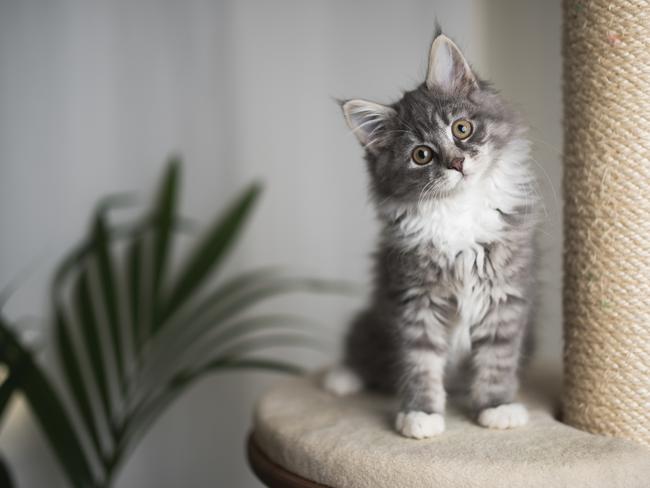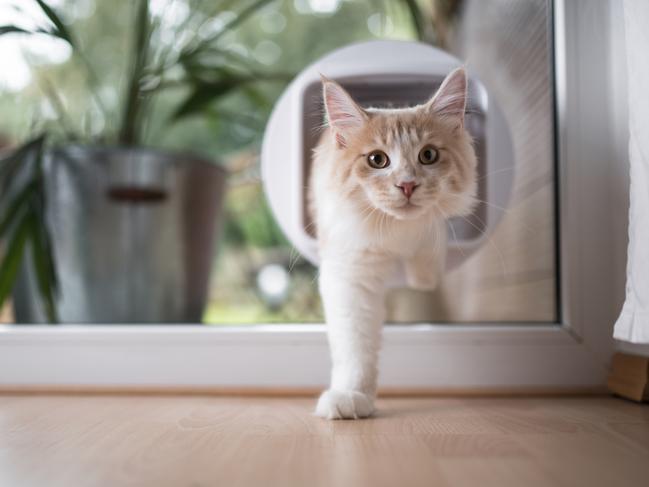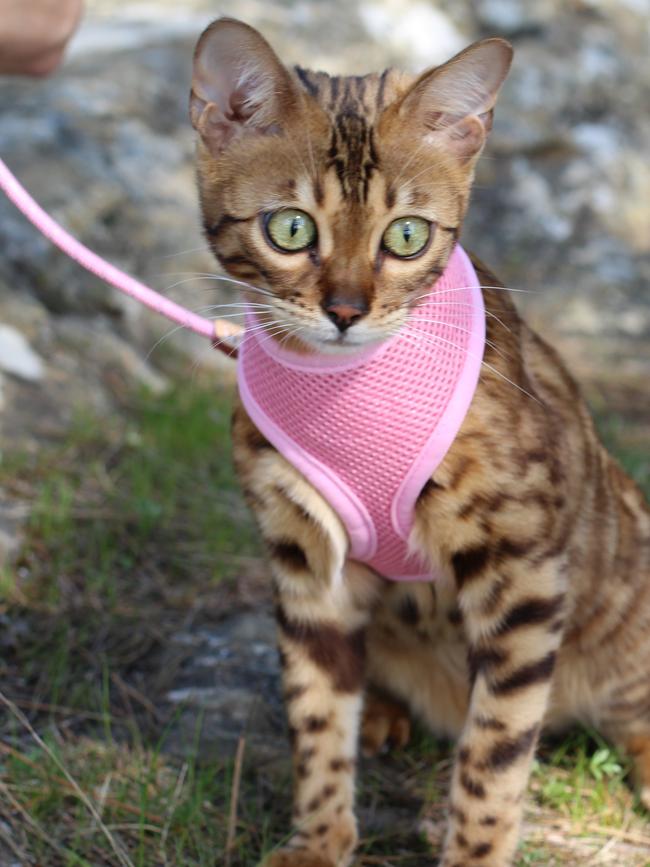Talking Point: Double the fun for an inside cat
Confining a pet doesn’t mean sacrificing the joy, says Bob Holderness-Roddam

Opinion
Don't miss out on the headlines from Opinion. Followed categories will be added to My News.
To save wildlife, stop the spread of disease to animals and people and to protect cats from injury and illness, cats should be confined.
Confinement should not mean prison, but holiday park. Cats are sentient creatures with emotional needs, particularly interactions with their humans. Comfort and safety are key when planning your cat’s inside existence.
If your cat has not been an inside cat, it needs to be introduced gradually by increasing inside time over several days. Cats are territorial, so will need access to most of your house. Essentials are food, water, litter tray, toys and playtime.
My son’s cat, Polly, has a bowl of cat biscuits she can eat from at any time. She is fed half a small tin of tuna morning and evening and has a pot of cat grass to chew on as well as a bowl of water. Feeding can become part of their play. Puzzle toys with some of their food enclosed keeps them occupied. A soft drink bottle can have holes in it just larger than cat biscuits.
The litter tray should be well away from the cat’s food. They like privacy so keep it accessible but out of the way. Polly’s is in the bathroom on a plastic garbage bag. Faeces should be removed daily, perhaps using tongs. Ideally cat litter should not be flushed, to prevent possible contamination of waterways with toxoplasmosis.

Cats need high points, which they use as lookouts and as refuges if stressed. Polly has a post with a scratching section and shelves at different heights, near the living room window so she can see outside. Polly prefers horizontal scratching, so she has a bit of old carpet. Cats appreciate hiding places to feel secure. It is impossible to stop cats from jumping onto counters or tables. We had this issue with Polly until we discovered she liked being in a black box that had held apricots. This stays on the table and whenever Polly arrives we simply tap the box and she jumps into it.
Cats tend to spend a lot of the day asleep, preferring specific places, so find where these are and provide a soft towel or small mat. Because they like familiar smells, don’t be too fastidious about washing unless they get too dirty or smelly.
Playtime is early morning and evening, which is when cats do most hunting. Polly has a tunnel with several entries/exits, a fabric container with small toys she has to work to extract, ping-pong balls and a lighthouse with a rotating laser light to chase.

When Polly wants to play with one of us, we have toys on cords. Her current favourite is a rubber, pink, squid-like object on a cord attached to a wand. Options for outside time include runs or walks on a harness and lead, the latter more likely to be successful with younger cats.
Fencing to retain your cat in the garden won’t protect visiting wildlife such as birds, lizards and bandicoots. The Victorian Department of Primary Industry has plans for freestanding enclosures and one attached to the house. They may be accessed by tunnels from a cat flap.
Kingborough Council has “Inside With Cats” videos in partnership with the Ten Lives Cat Centre, the Tasmanian Conservation Trust and Bruny Island Environmental Network. Find the Victorian Government’s responsible cat ownership course at agriculture.vic.gov.au/pets
Bob Holderness-Roddam is a former associate with the School of Geography and Environmental Studies at the University of Tasmania.


